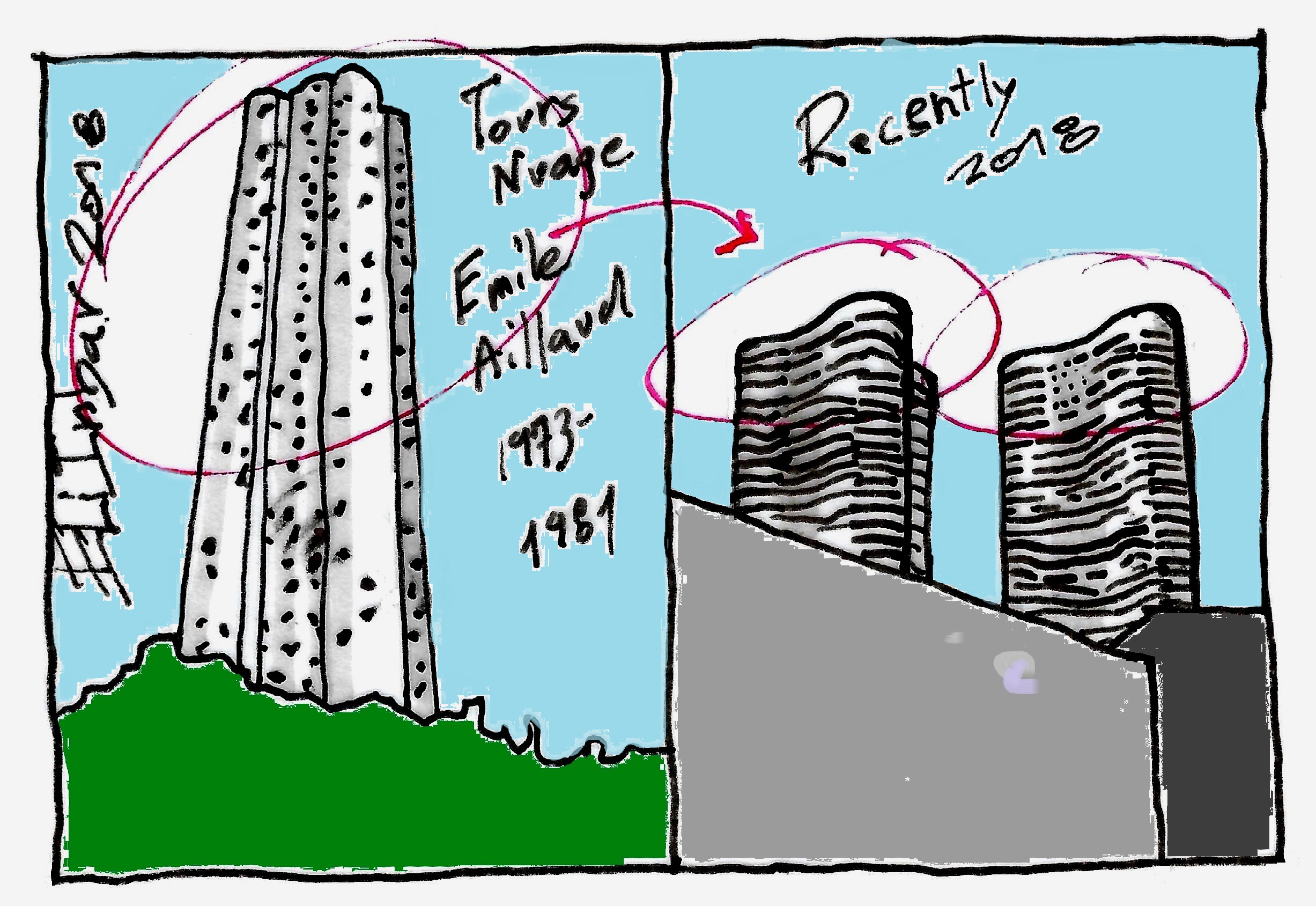Tag: Guggenheim museum in Bilbao
about
“Someone has built it before” is authored by Eli Inbar, a seasoned architect and lecturer deeply passionate about architectural inspiration and design. Through insightful analyses and detailed explorations of famous architects’ works, the blog uncovers the creative processes behind contemporary architecture. With his renowned sketches, Inbar vividly illustrates the concept of ‘Conscious Inspiration,’ a term he coined to encapsulate the deliberate creative journey. “Someone has built it before” serves as both an educational and inspirational platform for aspiring architects and seasoned professionals alike and anyone passionate about the field.
Someone Has Built It Before
About
“Someone has built it before” is authored by Eli Inbar, a seasoned architect and lecturer deeply passionate about architectural inspiration and design. Through insightful analyses and detailed explorations of famous architects’ works, the blog uncovers the creative processes behind contemporary architecture. With his renowned sketches, Inbar vividly illustrates the concept of ‘Conscious Inspiration,’ a term he coined to encapsulate the deliberate creative journey. “Someone has built it before” serves as both an educational and inspirational platform for aspiring architects and seasoned professionals alike and anyone passionate about the field.
Follow Us
Designed with WordPress
